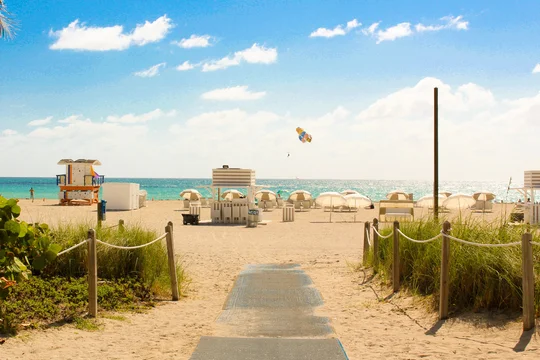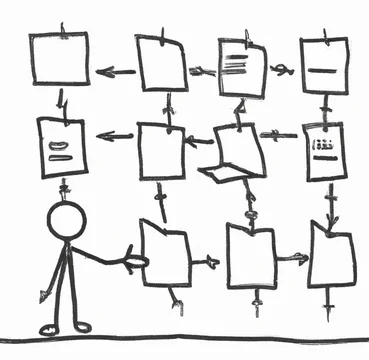
Yesterday, Nimitz Technologies LLC, one of the entities involved in the recent Mavexar hearings, filed a petition for a writ of mandamus with the Federal Circuit to "review and reverse" the Court's most recent memorandum order in those cases, and to "direct[] the district court to terminate its judicial inquisition of the Petitioner."
If you recall from our post last week, the Court issued an order in three of the Mavexar-related cases directing Nimitz and two other plaintiffs to disclose a broad range of communications and documents, including things like retention agreements, bank account statements, and communications between the plaintiffs or their principals or attorneys and Mavexar.
Nimitz argues that the documents and communications …









